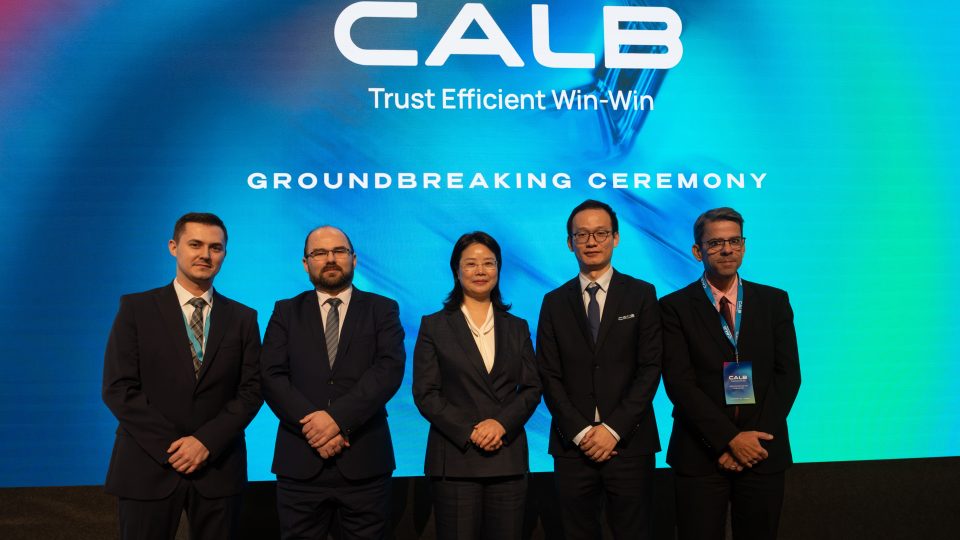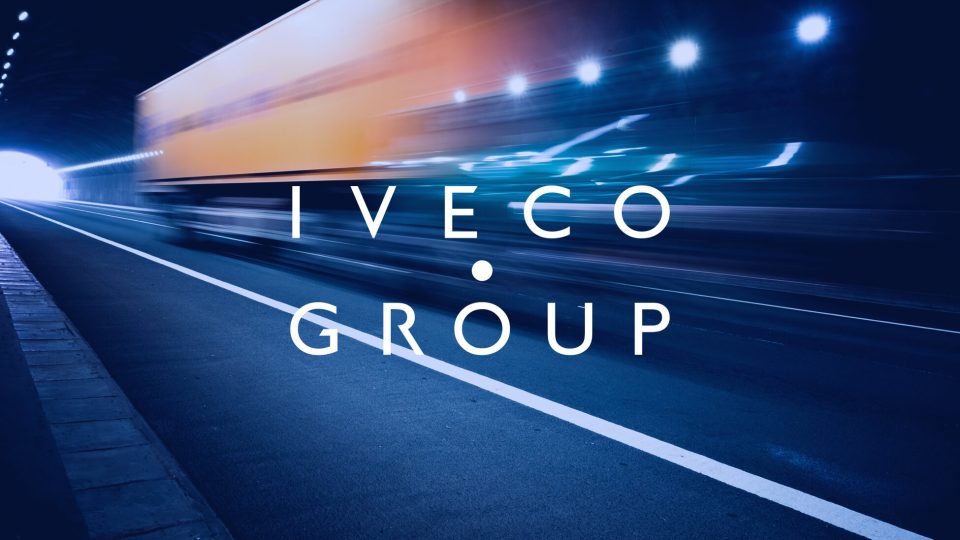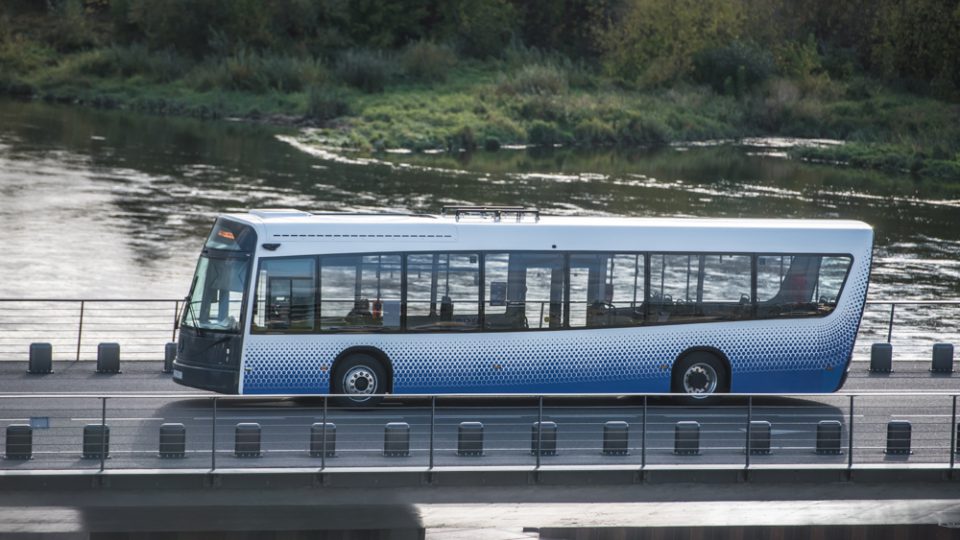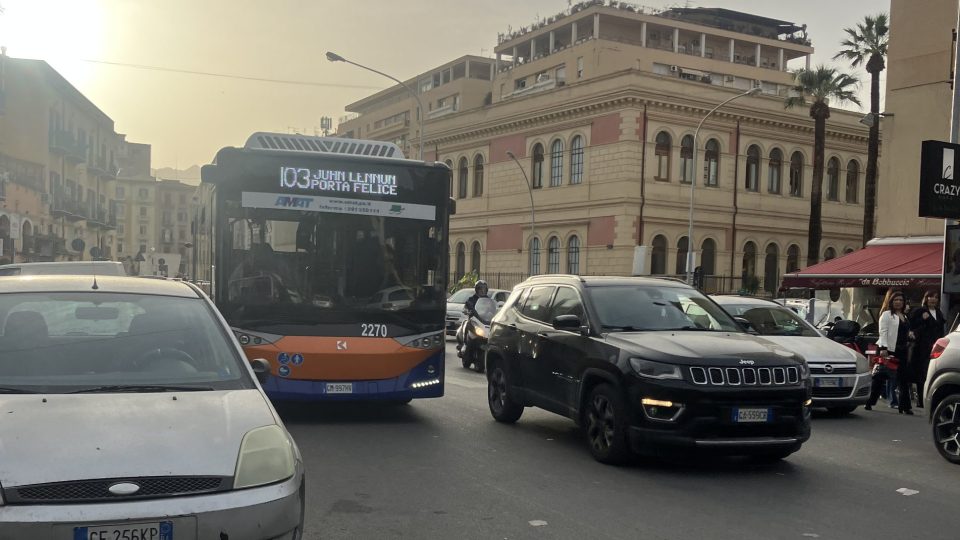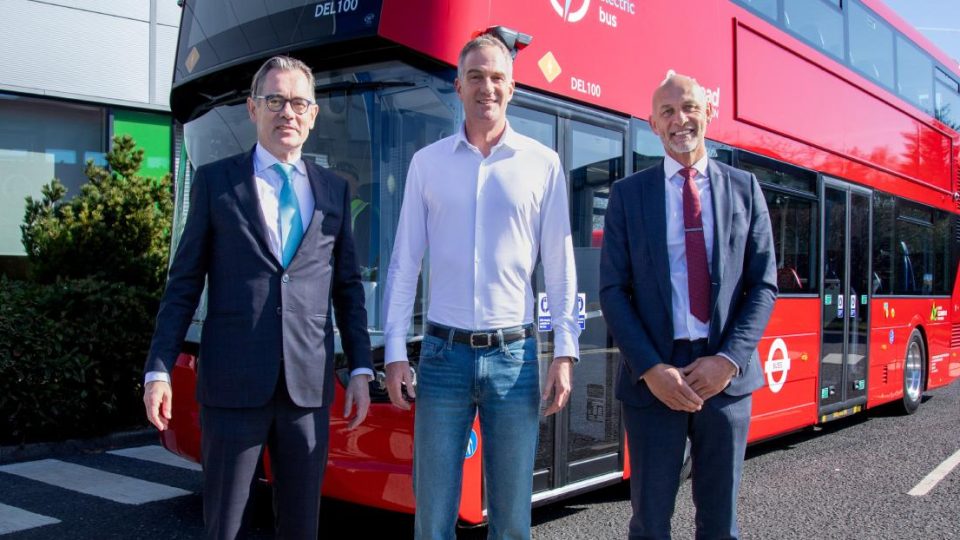Offer of e-bus models with +400 kWh available has increased 9-fold in 4 years in Europe
Maximum battery capacity of 12-meter buses available on the European market has been increasing, on average, of 34% in the last 4 years. And the number of bus models with +400 kWh on board possible has increased 9-fold. It’s just one of the findings of the study “Electrification trends in local public transport” by Motus-E, curated […]
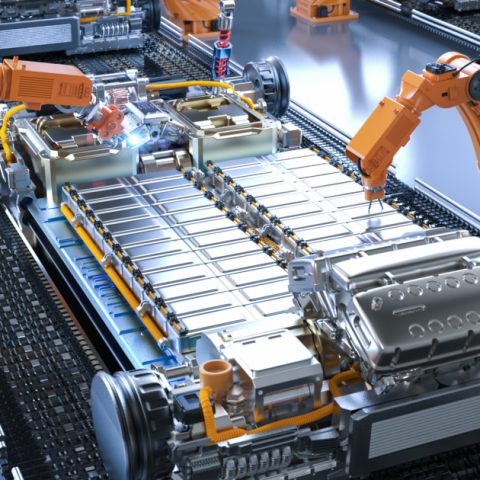
Maximum battery capacity of 12-meter buses available on the European market has been increasing, on average, of 34% in the last 4 years. And the number of bus models with +400 kWh on board possible has increased 9-fold.
It’s just one of the findings of the study “Electrification trends in local public transport” by Motus-E, curated by Sustainable Bus in collaboration with the Bolzano-based research center Eurac Research, and published today (and AVAILABLE FOR DOWNLOAD HERE), and focusing on an in-depth look at the transition towards increasingly electric urban mobility in Italy and Europe.
Motus-E is an Italian trade organization made up of industrial players, automotive professionals, the academic world, and associations aiming to accelerate the switch to electric mobility.
Motus-E: “e-buses are ready for 1:1 replacement”
According to the study, 2,500 zero emission buses were awarded in Italy in 2023. And in 2050 the Italian bus fleet will consist of 88% electric vehicles and 9% hydrogen vehicles.
Motus-e study, “all the preconditions are in place for fully intercepting the trend towards e-mobility in Italy, starting from the possibility of a 1:1 replacement of buses with endothermic engines, due to the considerable increase in the autonomy of battery-powered buses”.
Battery capacity grew 34% in 4 years
The study also focuses on the advancements in place at the technology level. The evolution of e-bus technology over the past four years has seen remarkable advancements, particularly in battery capacity and chemistry. Notably, the maximum available capacity for 12-meter electric buses has increased by 34% from 2020 to 2024. This surge in capacity means that e-buses can now travel longer distances on a single charge, enhancing their autonomy and making them more viable for extensive urban and intercity routes.

One of the most striking developments is the exponential growth in the availability of e-buses equipped with batteries exceeding 400 kWh. In 2020, only three such models were on the market. By 2024, this number has skyrocketed to 27, marking an impressive 800% increase.
Battery chemistry has also seen significant shifts, with lithium iron phosphate (LFP) batteries gaining prominence. LFP batteries are becoming more popular due to their cost-effectiveness compared to nickel manganese cobalt (NMC) batteries and substantial improvements in energy density, as also BloombergNFE continues to highlight.
Additionally, the market has seen the introduction of cell-to-pack products, which integrate battery cells directly into the vehicle frame. This innovation not only optimizes space utilization but also enhances the structural integrity and energy efficiency of e-buses.

